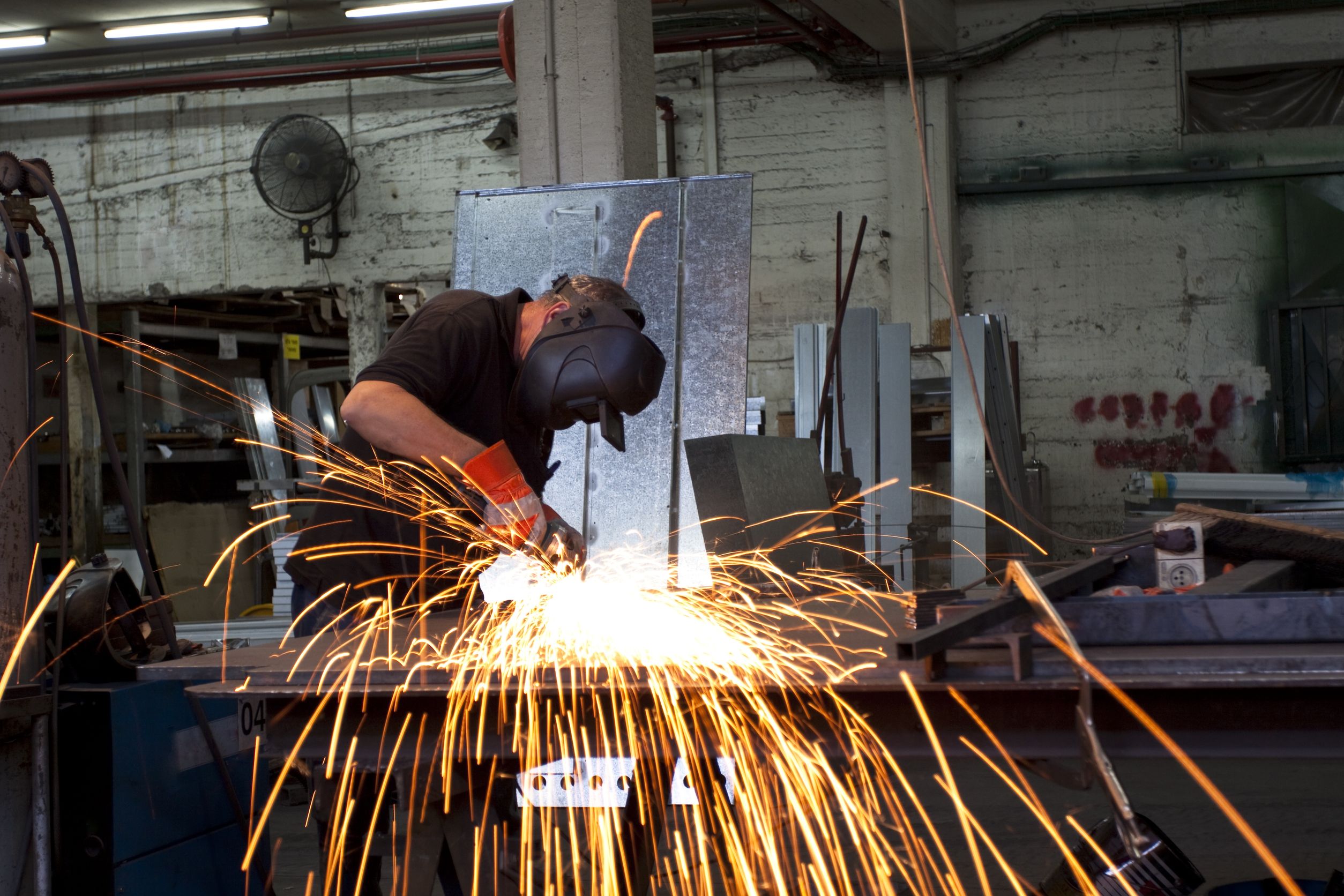In today’s competitive manufacturing environment, speed must never come at the expense of quality. That’s the delicate balance achieved through Production Welding, a process designed to maintain strength, uniformity, and repeatability even in large-scale operations. Whether in automotive assembly lines or consumer electronics, this method ensures structural performance while reducing cycle times.
The backbone of manufacturing success
Across various industries, welding plays a foundational role in product formation. But the scalable techniques used in Production Welding are what set it apart—streamlining tasks with semi-automated and robotic systems capable of executing thousands of precise welds per shift. According to Research and Markets, automation in welding has reduced error margins by up to 60%, dramatically increasing manufacturing efficiency.
Controlling quality from the first weld to the last
Unlike one-off fabrication work, mass manufacturing demands every weld meet exact specifications every time. Quality assurance protocols embedded in Production Welding workflows often include real-time monitoring, laser alignment, and post-process testing, ensuring dimensional accuracy and joint integrity without sacrificing output. This level of control plays a major role in reducing material waste and returns.
Flexibility across materials and applications
The versatility of this welding method allows it to be applied across a spectrum of materials—aluminum, steel, copper alloys, and more. Because Production Welding is tailored to part geometry and batch size, it’s used everywhere, from medical device casings to HVAC units and agricultural machinery. Each industry requires specific tooling and technique adjustments to ensure the weld suits the final function of the component.
Lowering cost while maintaining value
By automating repetitive welds and reducing the need for secondary processes like grinding or post-weld cleaning, manufacturers experience significant savings over time. In fact, a 2023 Deloitte report on industrial automation highlighted that integrated production welding systems have reduced per-unit fabrication costs by an average of 22%, allowing manufacturers to redirect those savings into innovation and R&D.
People and machines working in harmony
While technology has transformed many aspects of manufacturing, human oversight remains essential. Skilled technicians calibrate equipment, inspect output, and make real-time adjustments based on visual or sensor-based feedback. In this way, production welding becomes a hybrid model—powered by robotics but guided by experience and craftsmanship, especially in industries with zero-defect tolerance.
What Sets Micro Weld, Inc. Apart in the World of Industrial Welding Solutions
A recognized leader in advanced welding technologies, Micro Weld, Inc. provides high-precision solutions for scalable manufacturing systems. Their expertise in production welding allows manufacturers to meet tight production timelines without compromising quality. Serving industries such as aerospace, medical, and electronics, their company continues to push the boundaries of efficiency and consistency.

